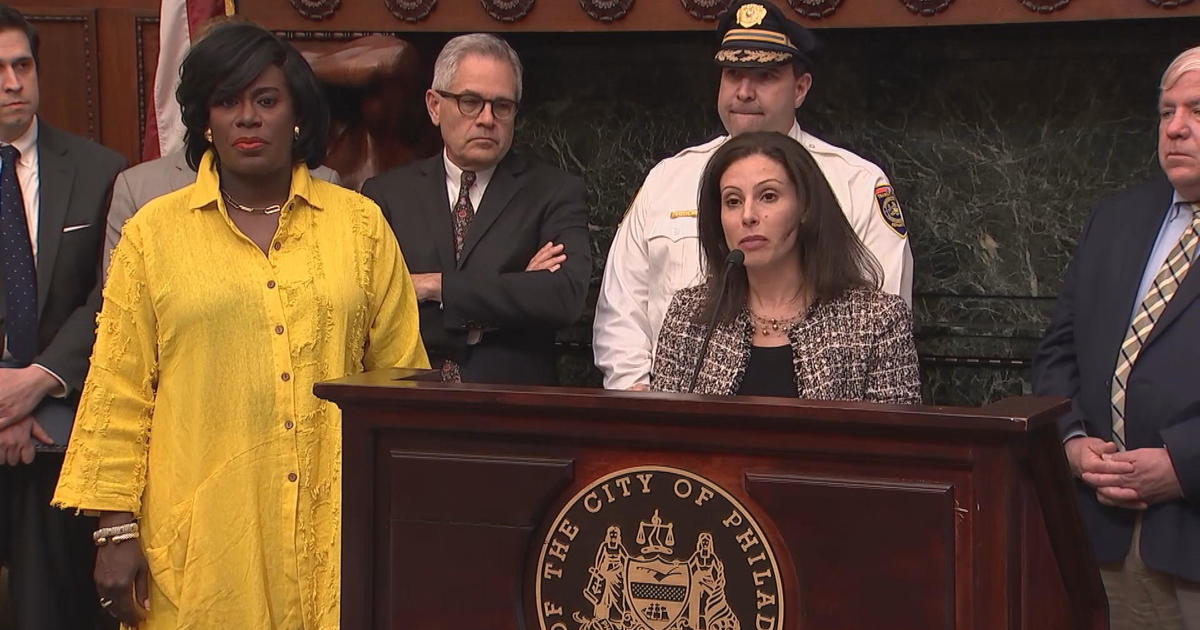Device Made With NASA Technology Detects Bedsores Up To 10 Days Earlier Than Visual Inspections
PHILADELPHIA (CBS) -- Bedsores are common danger for the elderly and people with limited movement as complications from them kill 60,000 people a year.
CBS 3's Stephanie Stahl reports there is a revolutionary new way to treat them, with the help of NASA technology.
European researchers say a new wireless device called sub-epidermal moisture, or SEM scanner, can detect bedsores, also known as pressure ulcers, up to 10 days earlier than visual inspections.
"Literally up until today, the only way you can assess for a pressure ulcer by two techniques: doing a good visual assessment under good light and by touching the patient," said wound care specialist Henry Okonkwo, who is testing the scanner in the United States.
The scanner is made with NASA technology that detects earthquakes below the surface of Mars. It reads the amount of moisture under the skin's surface, which is an early sign of injury.
"To always live in fear that there is something going on under there that you can't see and you never know until it's too late," said Laurie Rappl, who was paralyzed 36 years ago after a fall.
She has suffered from bedsores four times and it took a year in bed, each time, to recover.
"It's like a self-imposed incarceration. You've got to stay in bed, in your room, you can't get up and everything in your body is screaming to get up out of bed, but you have to stay there," said Rappl.
If testing results continue to be positive, the company behind the device believes it could receive FDA clearance this year.



